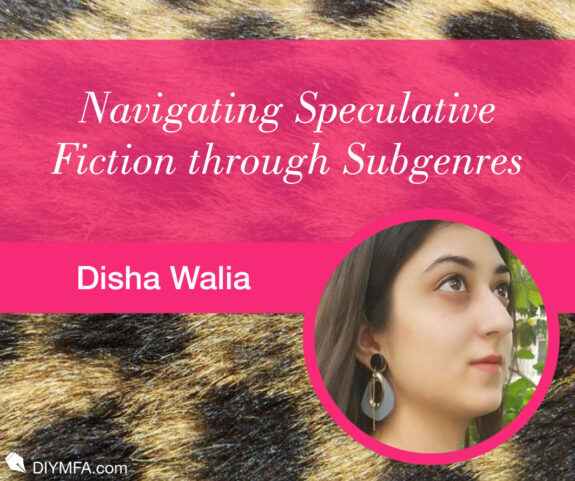Welcome, beautiful people on the internet! Have you ever wondered what it would seem like if fairy tales merged with science fiction to create a realm of wonder and awe? In this wondrous universe of imagination and limitless possibilities, we find ourselves surrounded by a dazzling array of subgenres. Each has its own unique flavor to offer. From epic space operas and dystopian futures to magical realms and alternate histories, the tapestry of speculative fiction is interwoven with them. They beckon us to embark on exhilarating literary journeys.
In today’s column, let’s embark on a grand expedition to unravel the power of utilizing different subgenres within the realm of speculative fiction. It is time we unveil the remarkable potential they hold in enriching our storytelling and captivating the hearts and minds of readers.
So, grab your literary compass, and let’s head on this extraordinary voyage, navigating the vast expanse of speculative fiction’s diverse subgenres.
What Is a Subgenre?
Simply put, a subgenre is a distinct and specialized category within a broader genre. It is characterized by specific themes, settings, or narrative conventions.
For example, if “Romance” is a genre, then “historical romance” takes place in a historical time period. On the other hand, “paranormal romance” incorporates supernatural or fantastical elements into the love story.
Why Do Subgenres Matter?
Appealing a Target Audience
By utilizing specific subgenres, you can effectively target and cater to different audience preferences within the expansive realm of speculative fiction.
If you are someone who has a hard time figuring out what your demographic audience is, maybe it is time to think about what subgenre you are targeting. This can help you foster a dedicated fanbase and ensure your work resonates with the intended audience.
Open Up to Unpredictability
If you want to keep your readers tearing through the pages of your novel, try genre blending. It is where familiar tropes and themes are combined in unexpected ways.
This fusion creates narratives that defy traditional genre conventions. Naturally, what you get is unpredictable plot developments. It is also fun to write.
Narrative Flexibility
From epic quests and character-driven dramas to intricate political machinations and time-bending plots, each subgenre brings its own narrative framework. This can allow you to choose the most fitting elements to complement your story’s themes, pacing, and character arcs, resulting in a more satisfying narrative experience.
Exploring Themes
By incorporating different subgenres, you have a chance to delve into a myriad of themes and ideas from multiple perspectives.
Take for example, exploring social issues through the lens of a cosmic horror framework. It provides a platform for nuanced exploration of diverse topics. Ultimately, it is perfect to add depth and substance to your storytelling.
In case you are wondering how to get your creativity rolling in a certain subgenre, fret not! With each forthcoming column, our sails shall be set to navigate the uncharted territories of some of them within the realm of speculative fiction. We shall begin our journey at the end of the world with dystopian narratives and trace our footsteps back.
If you could create your own unique subgenre within speculative fiction, what elements or themes would you combine? Let your imagination run wild in the comments.
Until next time!

Disha Walia is a lifelong storyteller and an enthusiastic writer and editor in love with the idea of exploring the creative world of words. While making her space in the world of non-fiction and fiction alike, Disha loves to spend even her free time daydreaming about what next to write. Connect with her on www.quillinary.com. You can also follow her on Instagram and Twitter.







